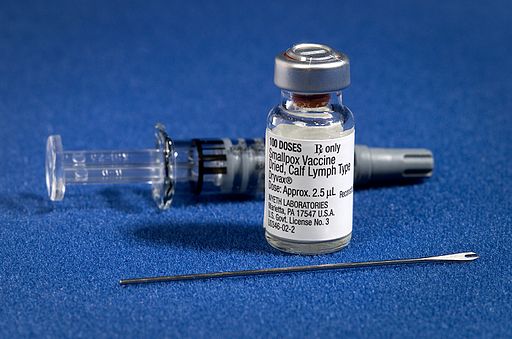Squish Like Grape
You are here
A Brief History of Vaccination
Primary tabs
The practice of inoculation--exposing a person to a mild case of an illness to build up an immunity--is possibly a thousand years old. Some evidence exists that 11th century Chinese physicians may have prevented the spread of smallpox by exposing people to pus from the sores of smallpox victims. There was a slight risk of actually giving a person smallpox through this form of inoculation, but it was a smaller risk than the much greater exposure they could get during an epidemic. Smallpox was a deadly, highly contageous disease. A smallpox outbreak could kill hundreds of thousands of people, and many of its victims were children.
For some seven centuries, inoculation by direct exposure to smallpox--whether by exposing oneself to a smallpox pustule, or by a milder method such as sleeping next to victims or wearing their clothing--was the only known way to build an immunity. Everything changed when British physician Edward Jenner began a campaign of inoculation in response to a smallpox outbreak in the late 18th century.
When Jenner attempted to convince farm workers of the benefits of inoculation, he repeatedly encountered workers--especially milkmaids--who claimed they were already immune to smallpox due to exposure to cowpox. Jenner patiently explained that the immune system does not work that way, but he did observe that the milkmaids didn't seem to be affected by the smallpox outbreak.
Eventually Jenner began to wonder whether there was something to the milkmaids' claims. He gave eight-year-old James Phipps--his gardener's son--a low dose of cowpox. Jenner called the procedure vaccina, meaning "from a cow". He then waited a few months and gave the boy the standard smallpox inoculation. Phipps showed no symptoms of smallpox, so Jenner expanded the test, eventually vaccinating 23 patients.
Jenner was not the first to attempt this procedure, but he was the first to follow up to determine its effectiveness, and to publish his findings in a medical journal. The procedure caught on and spread throughout the world. Within two centuries smallpox was eradicated. The last naturally occuring case of smallpox occurred in 1977 in Somalia.
Vaccination would later prove to be effective against other viral diseases as well. In 1952 Jonas Salk developed a vaccine for the polio virus. Polio, which at the time claimed hundreds of thousands of victims annually, has been virtually eliminated in just 60 years. The number of annual polio cases now averages about 300 worldwide.
A measles vaccine was developed in 1963. Eight years later it was combined with vaccines for mumps and rubella to form the MMR vaccine. By the late 20th century measles had been eliminated in many developed countries, and many medical professionals believed it would soon be eradicated worldwide. But one British medical researcher had other plans...
Theme by Danetsoft and Danang Probo Sayekti inspired by Maksimer



